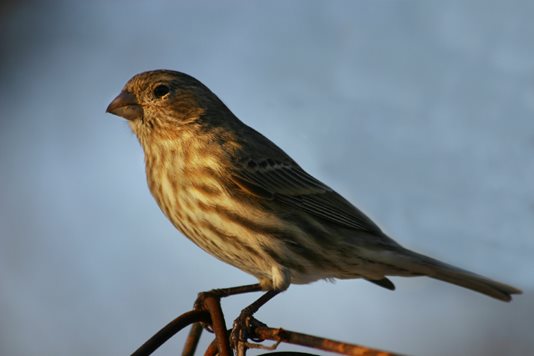
Sparrow Nesting Behavior
Sparrows often drive native birds away from their nests when competing for territory. They also tend to take over birdfeeders, leaving other species without a food source. In general, these flying pests are not afraid of people and even live on or near buildings.
Sparrows readily feed on human food. Scraps from patios, parking lots, and sidewalks attract them to residential areas, where they may choose to build their sparrow nests on homes.
Common Nesting Sites
Sparrows nest in building cracks, air conditioning units, dryer vents, gutters, and storefront signs. The pests build nests from grass, trash, weeds, and feathers. They also take over the nests of other birds, like swallows and orioles.
Problems Caused by Sparrow Nests
When sparrows nest in dryer and stove vents, it creates an unsafe situation for homeowners. As lint, dust, or debris build up in the clogged duct, this blockage becomes a serious fire hazard. Likewise, nests on home exteriors may block gutters and cause flooding issues.
Sparrow nests can be a source of disease as well. These structures may harbor parasites like bird mites, and droppings around nests sometimes contain Salmonella and other harmful bacteria.
Prevention & Removal
Property owners can attach netting to a ledge to make it unappealing to nesting sparrows. Transforming a flat space into a slanted surface will also stop the pests from building in that area. When dealing with sparrow nest problems near homes, contact Critter Control for safe and effective bird control.


